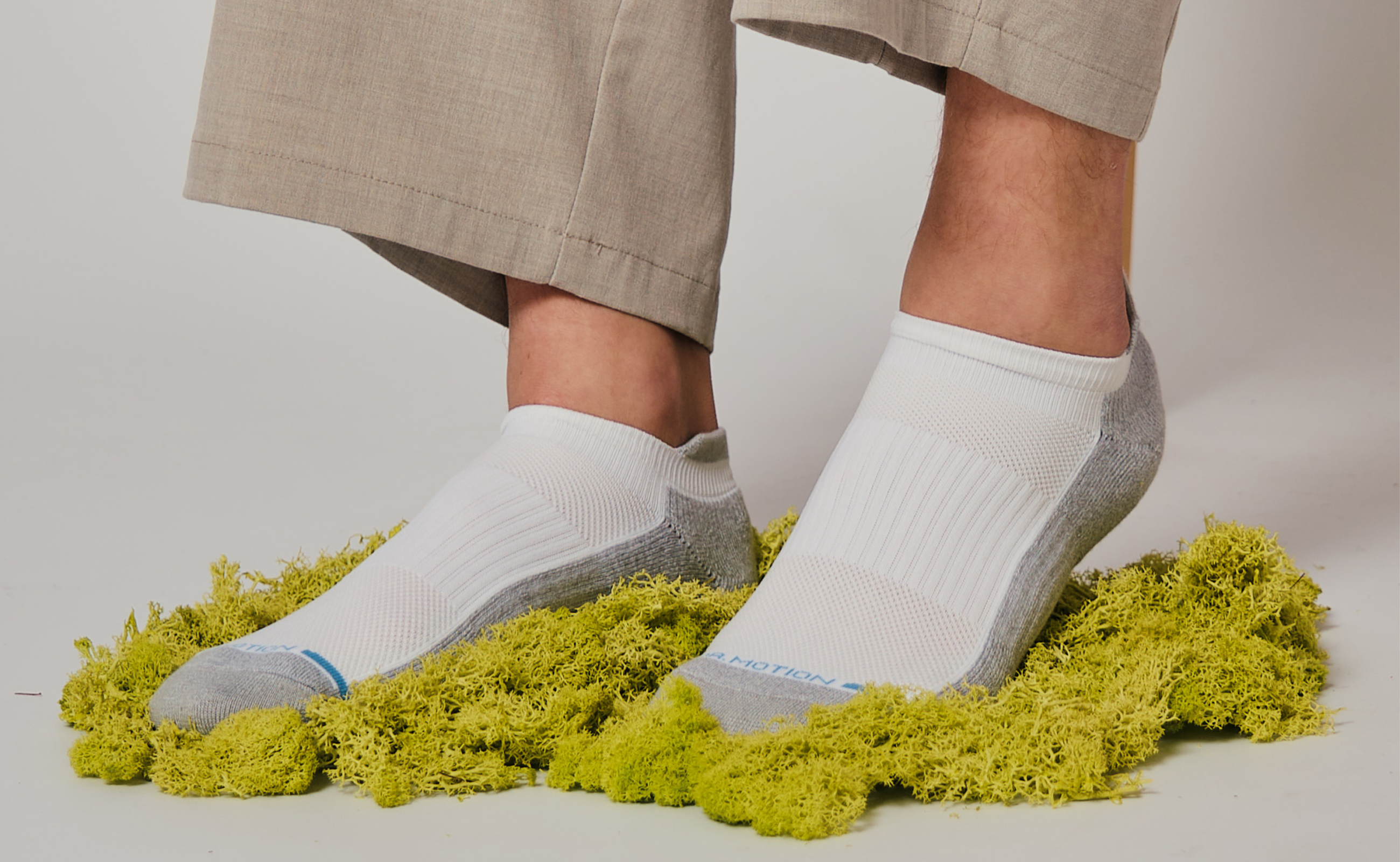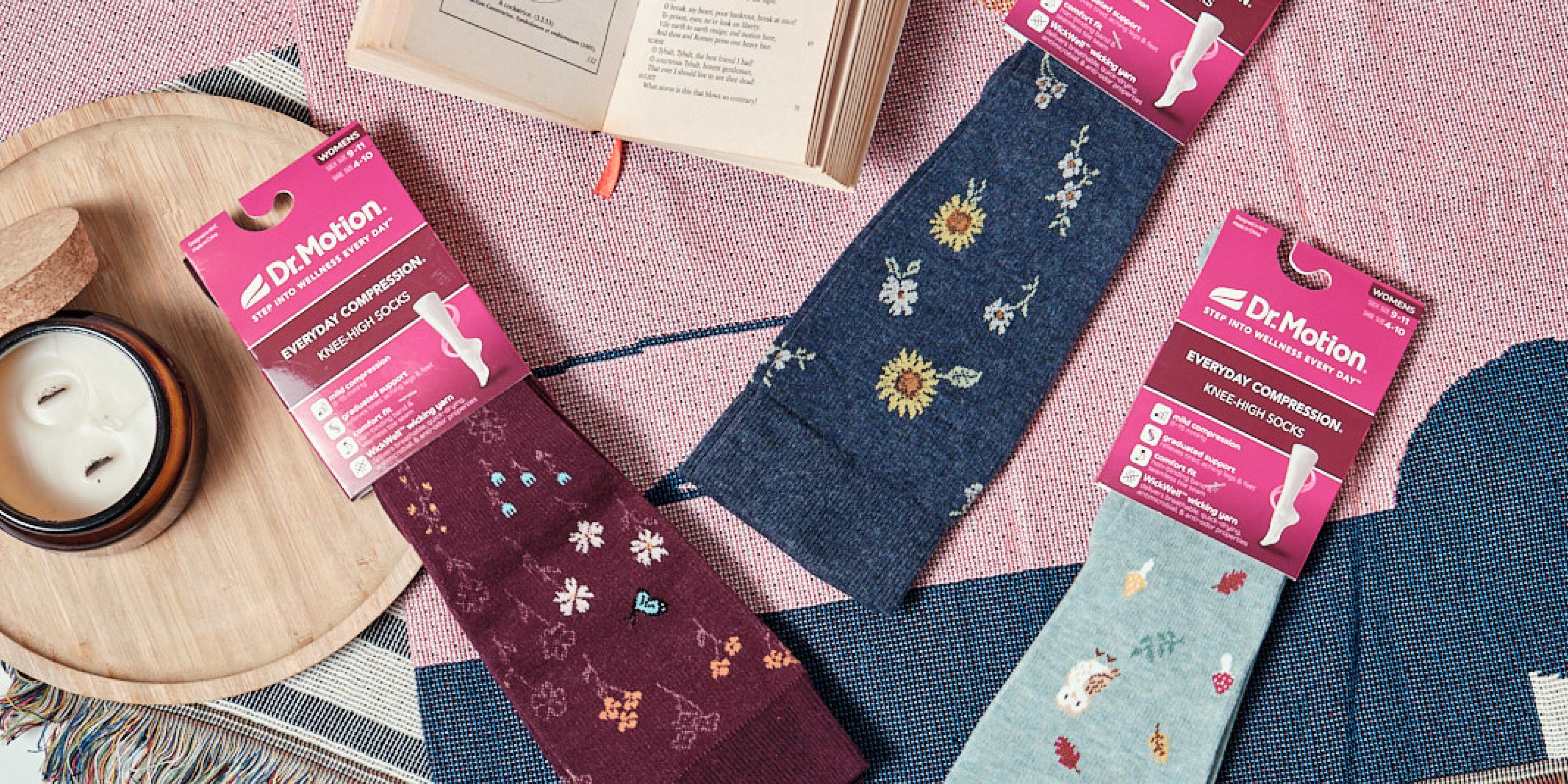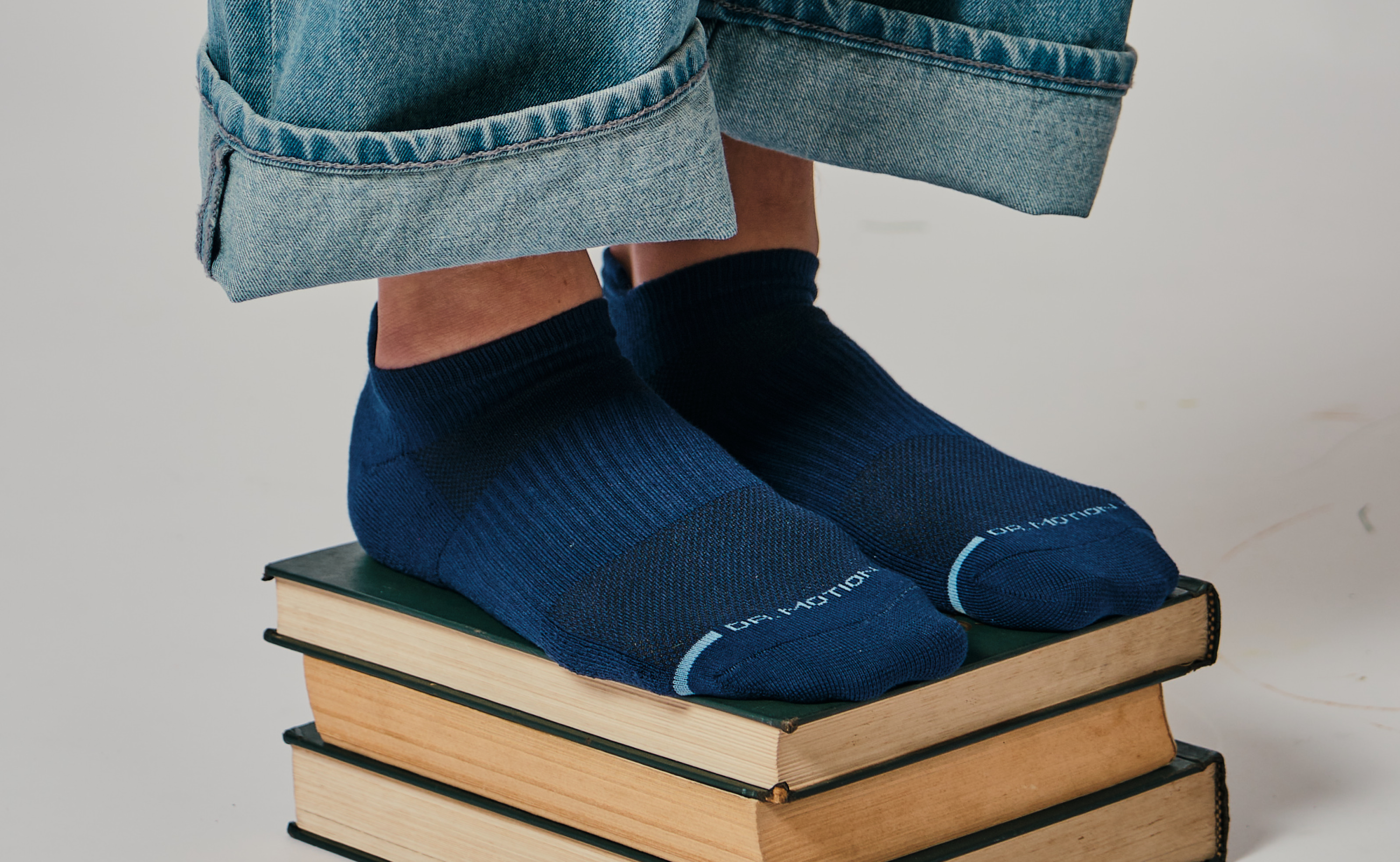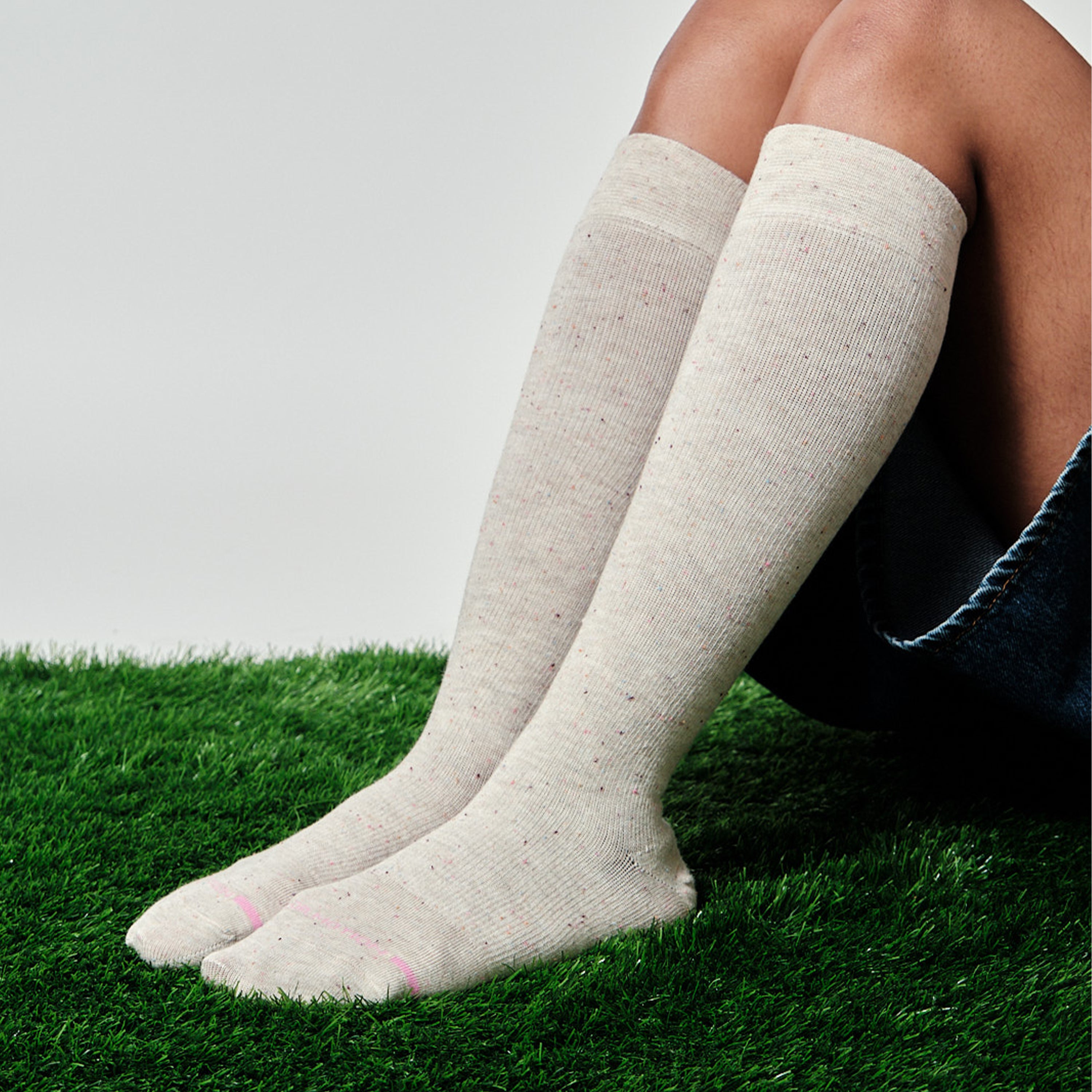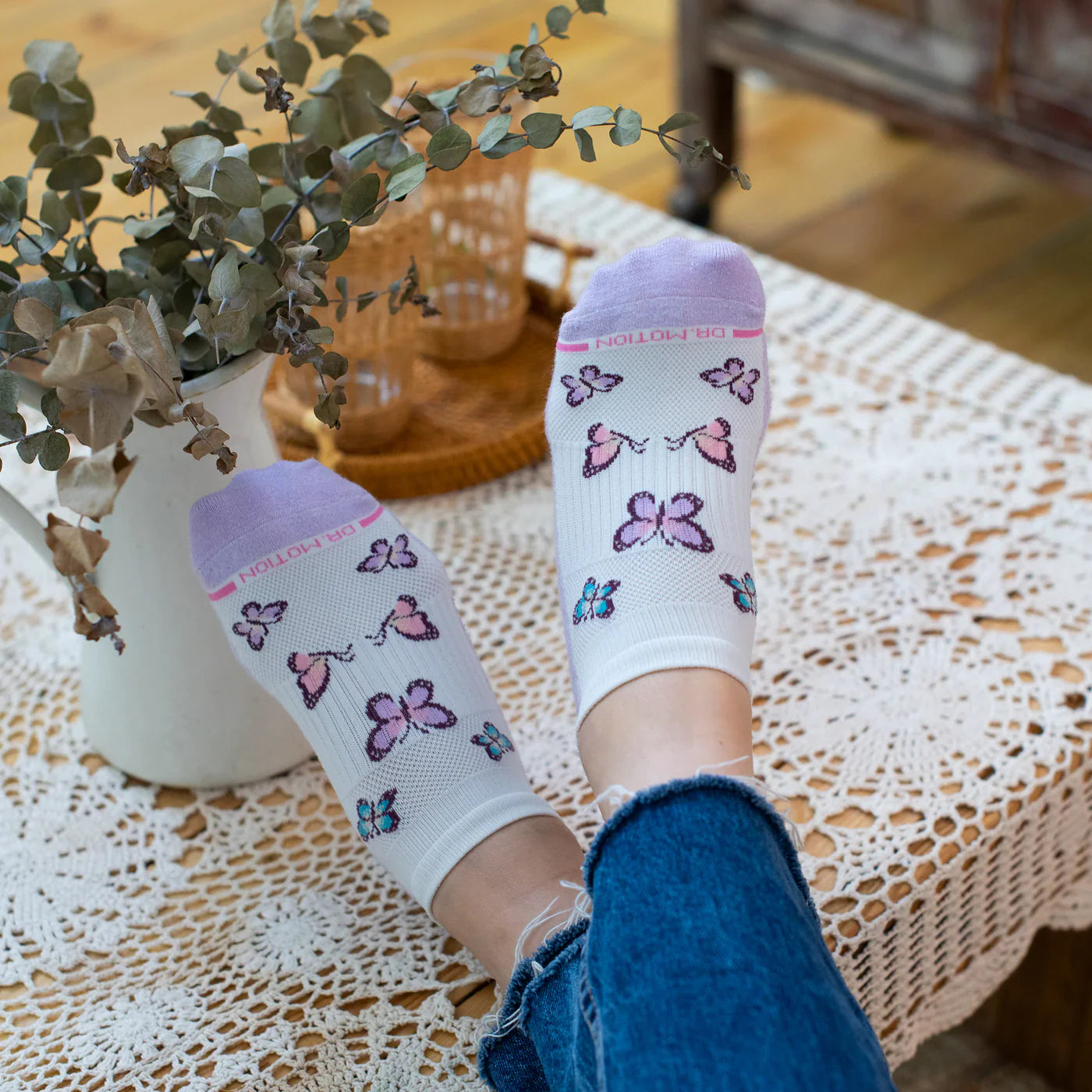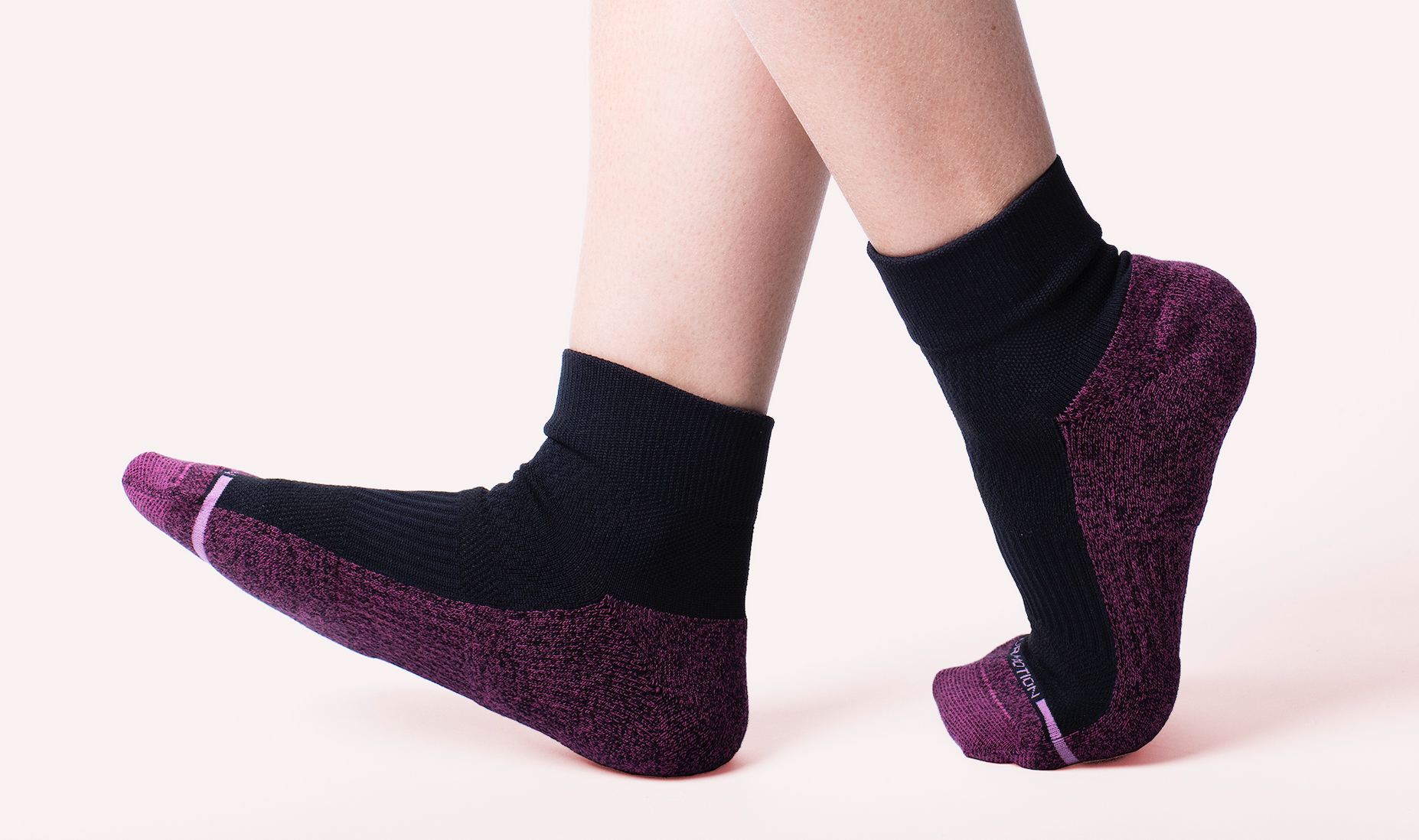How Compression Socks can Help with Raynaud's
Do your toes become cold and numb when you’re experiencing cold temperatures or under stress? You may have Raynaud’s disease, which, for many people, can be helped with lifestyle changes, avoiding cold environments, and wearing graduated compression socks.
What Is Raynaud’s Disease?
The cause of this rare disorder is unclear, but people experiencing this disease have limited blood flow in the small arteries to the skin. Cold temperatures are often the trigger that causes the body to briefly “overreact” and for arteries to become narrow. Stress, a panic attack, or an emotional response to an event can also cause an occurrence of Raynaud’s disease.
Blue skin is often the symptom, and once you begin to warm up, the skin can become red with a tingling sensation. The disease creates a varying response in different people. Some have a mild type of problem whereas others may need treatment due to the severity of the condition. The disease usually isn’t disabling, yet it can limit your quality of life. In some cases, tissue damage, skin sores and gangrene are the result, which can cause pain and require surgery to remove.
Tips for Managing Raynaud’s Disease
- When it’s cold outside, remember to wear layers for insulation. Warm shoes, a hat and gloves are a necessity.
- Do not smoke, limit alcohol and caffeine consumption and avoid secondhand smoke, which can cause blood vessels to constrict.
- Handling a cold steering wheel can be a problem, so warm up your car during cold weather.
- When removing items from the freezer, protect yourself by wearing a pair of gloves.
- Understand the importance of regular exercise. Not only does movement improve circulation, but it promotes better health overall. However, avoid exercising outside during cold weather.
- Manage stress levels. Since stress is a trigger for an attack, develop a plan for daily stress-reducing activities, such as stretching or meditation.
- Avoid going from hot to cold environments, for instance, a warm car to a cold grocery store aisle.
Use Compression Socks
There is some debate regarding the effectiveness of compression socks for people suffering from Raynaud’s Disease. Since the disease causes restricted arteries, some may question whether the compression from socks is beneficial. However, many people find that high-quality compression socks work as one of the best socks for Raynaud's disease because they help increase circulation. The bottom line: It depends on the person and the severity of artery constriction that is being experienced.
Great relief from Raynaud’s disease through the use of graduated compression socks is well-documented. The pressure on the feet and ankles from compression socks is gentle and helps with circulation. Compression socks for Raynaud's syndrome are designed to also offer a feeling of warmth and are soothing.
How to Create Additional Body Heat
- Go to a warmer indoor area if you’re in a cold environment.
- Run warm water over your feet.
- Stretch and wiggle your toes.
- Take time to massage your feet.
The best course of action is to consult with a doctor if you have Raynaud’s disease and want to wear compression socks. If symptoms worsen or you develop sores from a Raynaud’s attack, see a medical professional right away.
Takeaways
- Raynaud’s disease is caused by constriction to the arteries of the skin.
- This disorder can limit the quality of life but can often be managed without medical attention or surgery.
- Limit stress levels, exercise regularly and avoid going from hot to cold environments to help control Raynaud's disease.
- Understand that compression socks can help circulation and therefore may be helpful for people with Raynaud's disease.
If you experience Raynaud's disease, whether you have mild symptoms or severe attacks, look for ways to manage this condition. For many people, our compression socks make for the best socks for Raynaud's disease by providing comfort and improving circulation. Discover Dr. Motion's stylish and comfortable options online today!
Disclaimer: This article provides information solely for educational purposes, including but not limited to text, graphics, images, and other materials contained herein. This article is not intended to substitute for professional medical advice, diagnosis, or treatment. Always seek the advice of your physician or another qualified healthcare provider with any questions you may have regarding a medical condition.



